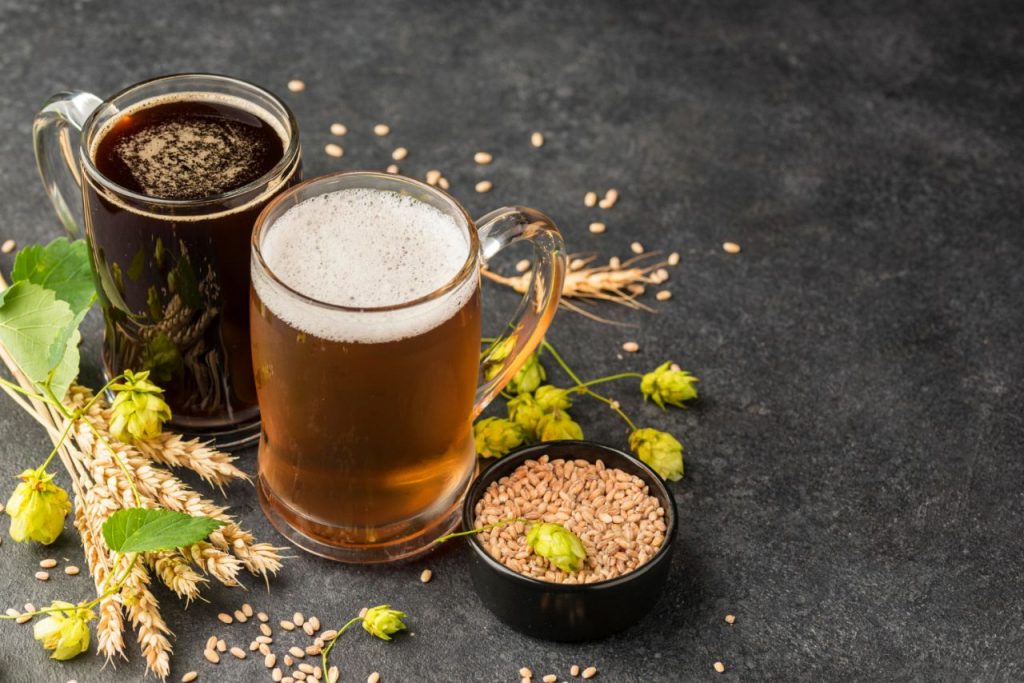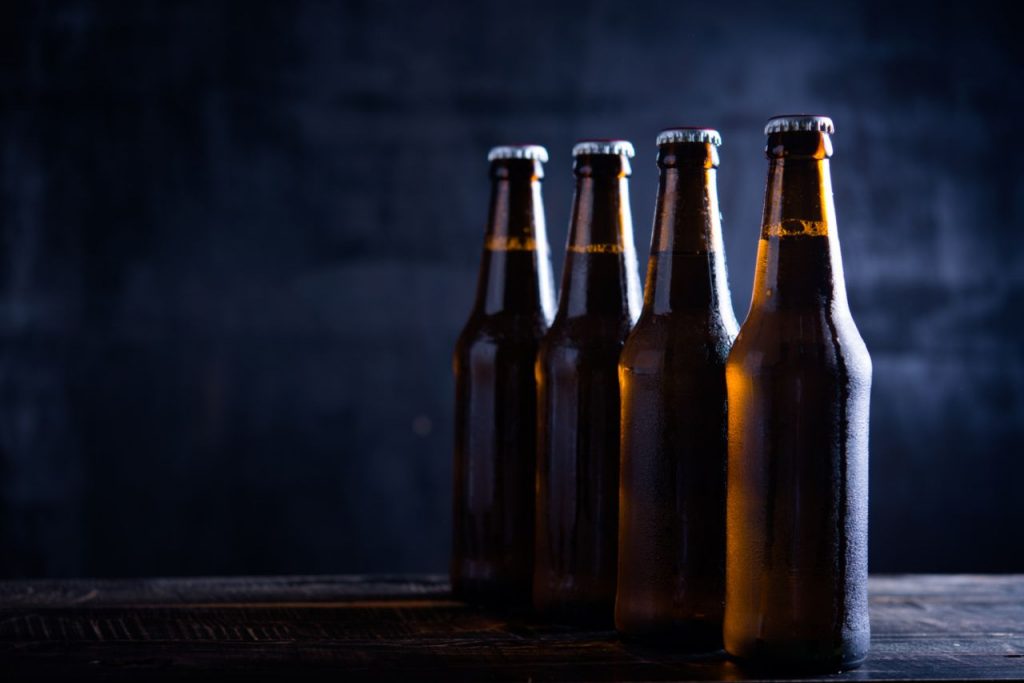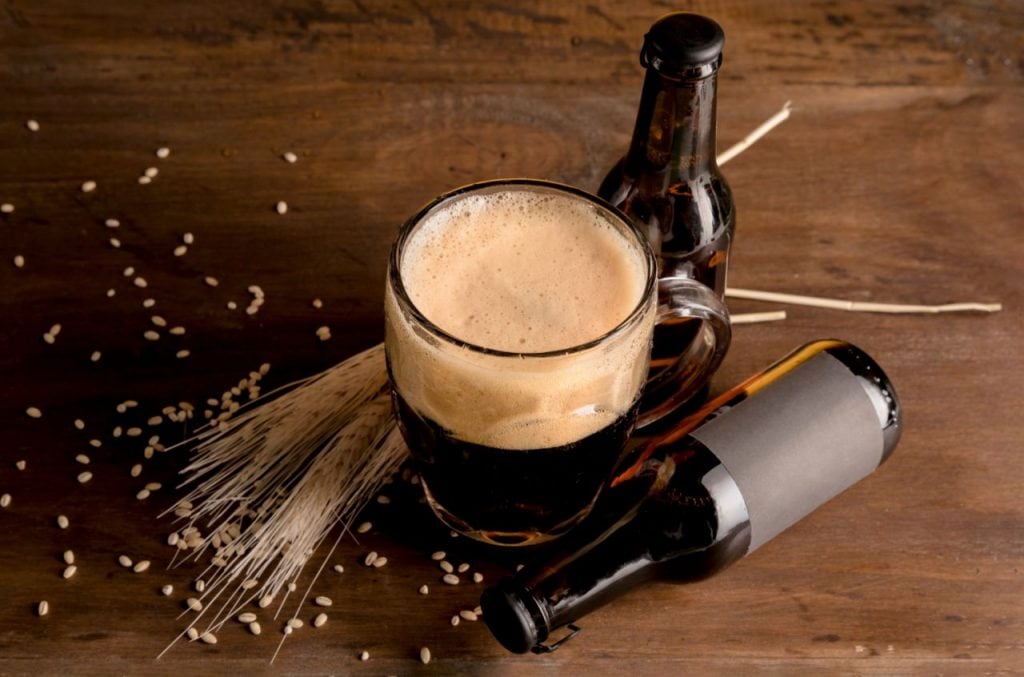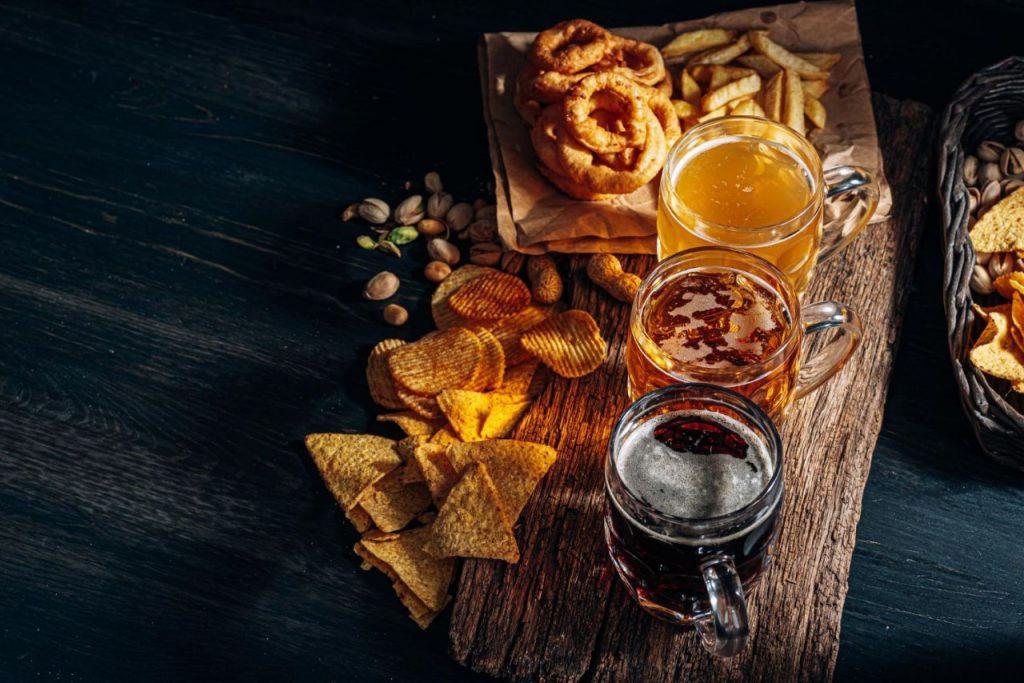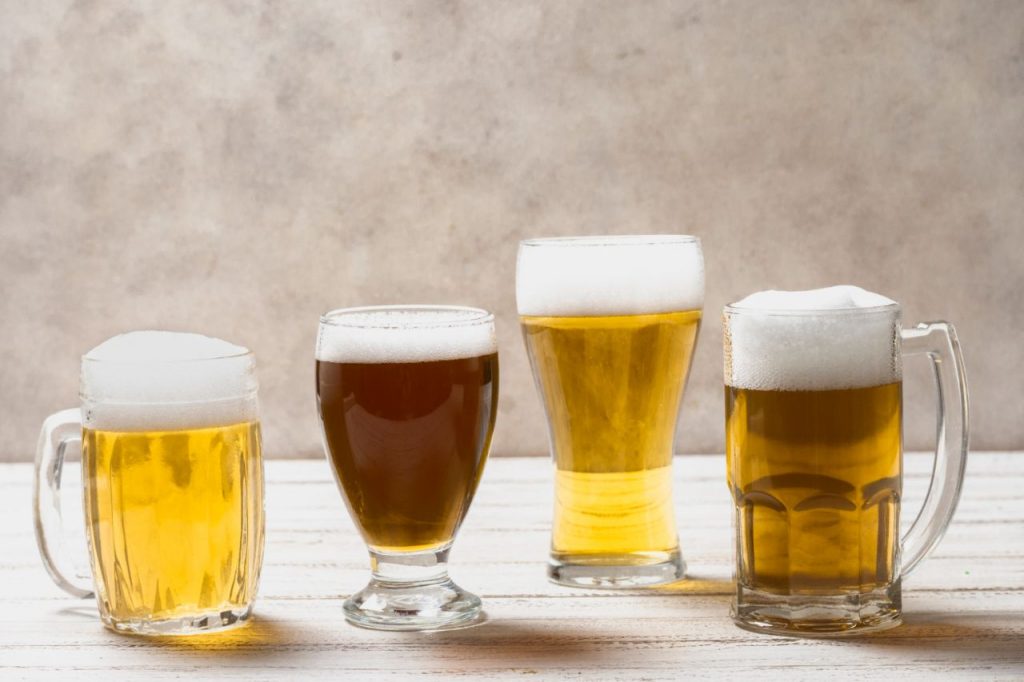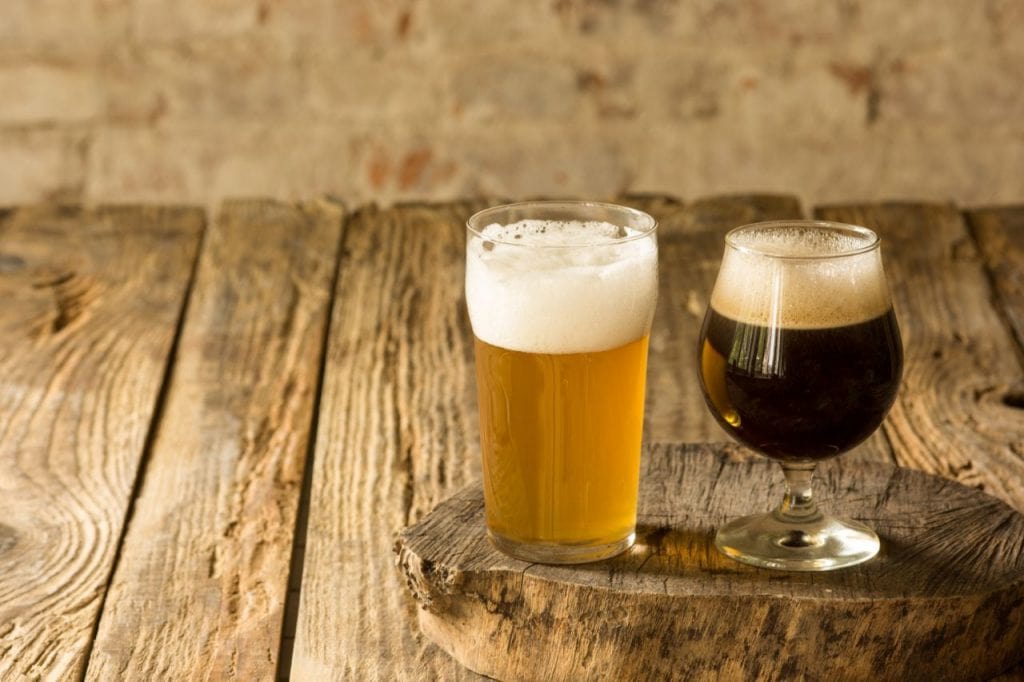There are a lot of things that may go wrong during the homebrewing process, as any experienced brewer will tell you. For example, what happens if more yeast is used than is called for in the recipe? Has your beer turned wrong?
Most beers will turn out alright even if more yeast is used during brewing. Beer is not easily ruined by over-pitching. However, beer with excessive yeast may acquire off flavours or become dry due to the accelerated fermentation process.
How much yeast is too much yeast in your homebrew? Find out here as we investigate the impact of yeast on the beer brewing process.
What Is Yeast?
Before delving into the specifics, it would be useful to understand what yeast is. Yeast, which belongs to the fungal kingdom, is a living organism. Top cropping and bottom cropping yeasts are the two varieties of brewing yeasts discussed in this article.
Top-fermenting yeast is commonly used to make ales and is sometimes referred to by that name. Lagers are the most common beer made with bottom cropping yeast, though they can also make ales.
There are two varieties of yeast available to brewers: active yeast, also known as "wet" yeast, and dried yeast. In contrast to dry yeast, which can be kept unopened for up to two years, active yeast only lasts roughly two weeks.
What is Yeast Starter?
Many brewers utilise a yeast starter when making beer to ensure healthy yeast growth and a quicker fermentation time. Before adding yeast into the brewing process, you can evaluate its quality using a starter. In addition, making a new batch of starters allows you to avoid a possible minefield if the first fails.
When using wet yeast, it is common to practise first creating a yeast starter. This small beer is used as a starter for a larger batch and to activate the yeast in preparation for fermentation. By using a starter, you may test the yeast's viability before pitching it.
If you insist on using dry yeast, you'll need to dissolve the right amount into a small bit of water. Then, when the water is at a rolling boil, add the yeast and let it sit in a covered container for 15 minutes.
Your starter container is ideal for the rapid proliferation of bacteria. The yeast starter should be stored in a sterilised, boilable container, such as a glass canning jar. Before creating the yeast starter, sterilise some canning jars by boiling them. If the starter starts to smell bad, stop what you're doing and give the container a good scrub.
What Is The Ideal Yeast Ratio For Beer?
Before preparing a yeast starter or brewing the beer, you need to know how much yeast is called for in the recipe. If you want to know how much yeast to use for a specific volume of beer, you can consult any internet charts that provide this information.
The standard dry yeast to beer volume ratio is two packets for every 5 gallons. About a hundred billion yeast cells can be found in each package. In most cases, 200,000,000 is required. However, ensuring the presence of live cells is also essential, typically accomplished by making a yeast starter.
Your yeast may not react as expected if it is old or stored properly. It's possible that you'll need to utilise more or get a new supply. If you are starting and don't get a reaction, sterilise your container and try again with fresh yeast.
Reasons To Add More Yeast
After two days, if you haven't seen fermentation symptoms in your fermenter, you may want to add extra yeast.
Additions of yeast are often made to homebrews for the following reasons.
Underpitching
When brewing at home, the most obvious indicator that you need to add yeast is a low initial pitch rate.
It's possible that some of it was lost as you added it to the wort, you ran out in the middle of the process, or you underestimated the amount you needed. Underpitching can occur for a variety of reasons, but the sooner you identify it, the quicker you can fix it.
An underpitched beer will take longer to ferment and is more likely to go bad. It makes the yeast work harder, which in turn leads to a more astringent flavour in the final product. However, overpitching can lead to a loss of flavour but often causes less trouble. Don't waste time recalculating your pitch rates after the fact; use a pitch rate calculator instead.
Pitching At An Inappropriate Temperature
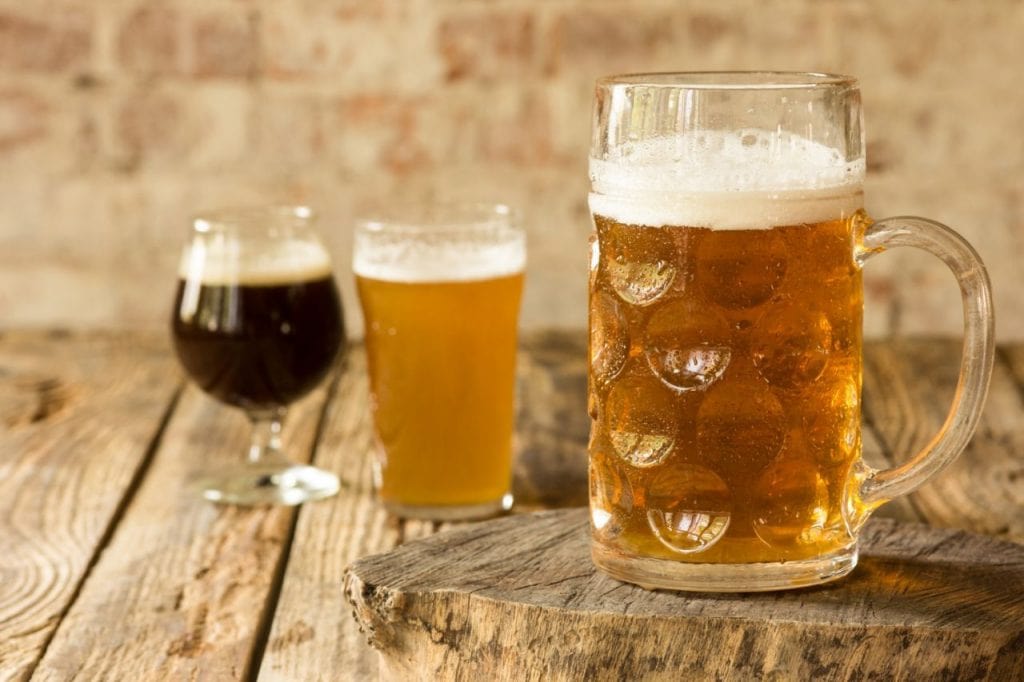
Pitching yeast into a wort that is excessively warm or cold can kill off a large portion of the yeast, which can result in odd flavours and stalled fermentation.
It's easy to forget that yeast is a living organism that can be easily killed by the shock of going from one temperature extreme to another.
You could replace the dead yeast by pitching extra yeast if your fermentation slowed because you pitched at a lower or higher temperature than usual.
Low Yeast Quality
The presence of bubbles and a krausen (a foamy layer) on the surface of the wort indicate the presence of active fermentation. After 24 hours, if there is still no evidence of fermentation, it could be because the yeast used was of low quality.
Yeast is a fungus that must be stored in a specific way to ensure survival. Check the best-before dates and store accordingly, whether in the fridge or a cool, dark spot.
It makes sense to use additional yeast if you have reason to believe the quality of the original batch was subpar. If you want your yeast to rise, rehydrate it in warm water and sugar before you pitch it next time. You can improve your chances of a successful first attempt the next time you use liquid yeast by cultivating some in a starter.
Not Enough Oxygen
Yeast reproduction is inhibited if yeast is not supplied with adequate oxygen, which might occur if the wort is not properly aerated. The fermentation process will be slowed or stopped unless the yeast is supplied with sufficient oxygen.
Whether using pressurised air or just a good old-fashioned swishing of the fermenter, you can re-oxygenate the wort. After re-oxygenating, the second pitch of yeast should be added.
Final Gravity Is Too High
Beer that finishes primary fermentation with a gravity that's too high will be too sweet. For a more drinkable wort gravity, additional yeast should be added.
What Happens When Too Much Yeast Is Added To Beer?
When brewing beer, using too much yeast might change the flavour and prevent further fermentation, which could lead to an off flavour or lack of fermentation altogether. Over-pitching yeast is a term used by experts. As it consumes carbohydrates, the yeast undergoes a series of life cycles. If there is an excess of yeast, it will consume the sugars too quickly and disrupt the fermentation cycle. The result may have less flavour as a result.
Maintain close vigilance over the development of your yeast. Assuming the starting product you used is effective, fermentation should proceed. When using a starter, adding extra yeast later improves the results.
You don't need to do anything else once your brew fermentation process begins. Everything is running smoothly at the moment. If progress has halted, additional yeast should only be added after all other options have been exhausted. It may be necessary to begin with, a fresh yeast starter.
What Happens If Too Much Yeast Is Added To The Beer?
That being said, you should be prepared for the consequences if you do overpitch. With this information, you may determine how much of a given result can be attributed to overpitching and how much to other causes.
A decrease in ester production may arise from an overly rapid fermentation caused by overpitching. Additionally, it may cause the beer to become drier. Overpitching can worsen the likelihood of autolysis, leading to unpleasant off-flavours in extreme situations.
The most common result of overpitching is a speedier fermentation process. Without waiting for a critical mass of yeast cells to form, fermentation can begin considerably sooner. Because of this drop in reproduction, fewer esters are being produced. This results in a cleaner beer, which can be an advantage or a disadvantage depending on the style.
The final product may also become drier as a result. This is less common; again, it has both positive and negative connotations. Over-pitching can lead to autolysis. Though normally only evident in extreme circumstances, it is nonetheless worth noting. An increase in pitch rate by a factor of two is unlikely to trigger any detectable autolysis. To even close, you'd have to increase the pitch rate by a factor of four or five. Flavour defects caused by over-pitching originate from this procedure.
If I Don't Use Enough Yeast, What Happens?
Less yeast is used, but the fermentation time is lengthened, and the alcohol level is increased. If there isn't enough yeast, fermentation may stop dead. It may seem like you've added enough yeast, but cheap yeasts may lack the healthy cells needed to continue the process.
Brewing beer is about flavour, not just getting a high alcohol content, so keep that in mind at all times. This translates to a sufficient quantity of yeast for a high-quality brew, but not so much that the alcohol content becomes intolerable. But, again, we're not trying to recreate the recipe.
How Long Does Yeast Last?
Poor yeast is likely to blame when something goes wrong in the brewing process. If you want to know if your yeast is ready to use, follow these easy steps!
When stored in a cold, dry location like a pantry or even a refrigerator, dry yeast has a shelf life of around two years. Dry yeast should be kept in the fridge once opened to prevent it from going stale. If the colour of opened dry yeast has changed or you find damp clumps, throw it away.
Wet yeast (sometimes known as fresh yeast) has a shelf life of roughly three weeks. When possible, utilise it just when harvested to get the best results. Refrigerate if you don't plan on using fresh yeast within a week.
The yeast you ferment your beer is just as crucial to the final product as any other ingredient. Therefore, you may greatly improve the success of your brewing process by paying attention to the expiration dates of the ingredients you purchase and storing them correctly.
We hope the above information was helpful in determining whether or not you need to add extra yeast to your beer to ensure the yeast is functioning appropriately during the brewing process.
When Adding Extra Yeast Is Not The Solution
Adding more yeast isn't a foolproof method of fixing a sluggish fermentation, as was explained earlier.
Here are some typical issues and alternative solutions.
It's Too Cold
When fermentation is slow, it may be because the brewing environment is too cool. Try relocating the fermenter to a warmer location to check if you can jumpstart the fermentation process.
Improper Sanitising Procedure
Before starting a batch, it is best to let the sanitiser dry or rinse it thoroughly to remove any residue that could be harmful to the yeast.
Flocculation
The yeast has flocculated, which is a fancy way of saying it has clumped together at the bottom of the fermentation and is not actively fermenting.
If fermentation is taking too long and you notice more yeast clumps than typical around the bottom of the fermenter, swishing the fermentation process can help incorporate the yeast back into the wort. This may need to be done on a regular basis, depending on the yeast you use.
Problem With The Airlock
Measure the specific gravity to confirm that fermentation has not begun, but bubbling has stopped in your batch.
There are times when an airlock is leaking or not adequately sealed, and there are no outward signs, such as bubbling.
The fermentation process is usually unaffected. However, it would be best to fix this before making another batch.
Conclusion
Most beers can be salvaged by adding extra yeast throughout the brewing process. However, the rapid fermentation of too much yeast can lead to unpleasant flavours and a dry end product. The two main types of brewing yeasts, top cropping and bottom cropping, are compared and contrasted here. A glass canning jar is ideal for storing yeast starters since it can be sterilised by boiling. Stop what you're doing and give the starter a good scrub if it starts to smell nasty.
Yeast is commonly used for homebrews for the reasons listed below. However, yeast is a fungus that needs to be kept in a certain temperature and humidity range to remain viable. A common mistake that professionals make is to pitch their yeast at too high a temperature. Too much yeast will speed up fermentation by consuming all the carbohydrates. As a result, the end product might not be as flavorful.
Beer is not brewed for its alcohol content alone but to be enjoyed for its flavour. Not having enough yeast can halt the fermentation process completely. The risk of autolysis may increase with excessive pitch. When brewing goes awry, it's usually because of bad yeast. Beer would not be beer without the yeast used in fermentation.
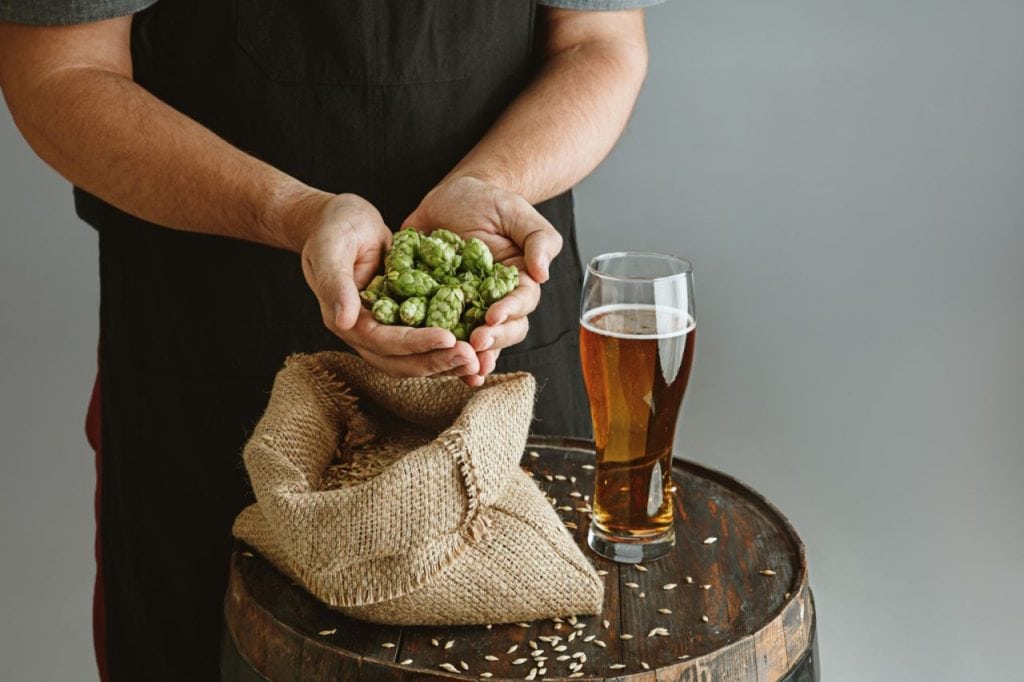
Dry yeast has a shelf life of around two years if kept in a cool, dry place like a cupboard. However, dry yeast must be refrigerated once opened to prevent staleness.
Content Summary
- Has your beer turned wrong? Most beers will turn out alright even if more yeast is used during brewing.
- Find out here as we investigate the impact of yeast on the beer brewing process.
- Top cropping and bottom cropping yeasts are the two varieties of brewing yeasts discussed in this article.
- Many brewers use a yeast starter to ensure healthy yeast growth and a quicker fermentation time.
- Before adding yeast into the brewing process, you can evaluate its quality using a starter.
- When using wet yeast, it is common to practise first creating a yeast starter.
- This small beer is used as a starter for a larger batch and to activate the yeast in preparation for fermentation.
- By using a starter, you may test the yeast's viability before pitching it.
- Your starter container is ideal for the rapid proliferation of bacteria.
- The yeast starter should be stored in a sterilised, boilable container, such as a glass canning jar.
- Before creating the yeast starter, sterilise some canning jars by boiling them.
- Before preparing a yeast starter or brewing the beer, you must know how much yeast is called for in the recipe.
- UnderpitchingWhen brewing at home, the most obvious indicator that you need to add yeast is a low initial pitch rate.
- You could replace the dead yeast by pitching extra yeast if your fermentation slowed because you pitched at a lower or higher temperature than usual.
- After 24 hours, if there is still no evidence of fermentation, it could be because the yeast used was of low quality.
- It makes sense to use additional yeast if you have reason to believe the quality of the original batch was subpar.
- If you want your yeast to rise, rehydrate it in warm water and sugar before you pitch it next time.
- You can improve your chances of a successful first attempt the next time you use liquid yeast by cultivating some in a starter.
- The fermentation process will be slowed or stopped unless the yeast is supplied with sufficient oxygen.
- After re-oxygenating, the second pitch of yeast should be added.
- For a more drinkable wort gravity, additional yeast should be added.
- When brewing beer, using too much yeast might change the flavour and prevent further fermentation, which could lead to an off flavour or lack of fermentation altogether.
- If there is an excess of yeast, it will consume the sugars too quickly and disrupt the fermentation cycle.
- You don't need to do anything else once your brew fermentation begins.
- Everything is running smoothly at the moment.
- It may be necessary to begin with, a fresh yeast starter.
- That being said, you should be prepared for the consequences if you do overpitch.
- With this information, you may determine how much of a given result can be attributed to overpitching and how much to other causes.
- A decrease in ester production may arise from an overly rapid fermentation caused by overpitching.
- Overpitching can worsen the likelihood of autolysis, leading to unpleasant off-flavours in extreme situations.
- The most common result of overpitching is a speedier fermentation process.
- To even close, you'd have to increase the pitch rate by a factor of four or five.
- Flavour defects caused by over-pitching originate from this procedure.
- Less yeast is used, but the fermentation time is lengthened, and the alcohol level is increased.
- If there isn't enough yeast, fermentation may stop dead.
- This translates to a sufficient quantity of yeast for a high-quality brew, but not so much that the alcohol content becomes intolerable.
- When stored in a cold, dry location like a pantry or even a refrigerator, dry yeast has a shelf life of around two years.
- If the colour of opened dry yeast has changed or you find damp clumps, throw it away.
- Refrigerate if you don't plan on using fresh yeast within a week.
- The yeast you ferment your beer is just as crucial to the final product as any other ingredient.
- Therefore, you may greatly improve the success of your brewing process by paying attention to the expiration dates of the ingredients you purchase and storing them correctly.
- We hope the above information was helpful in determining whether or not you need to add extra yeast to your beer to ensure the yeast is functioning appropriately during the brewing process.
- Adding more yeast isn't a foolproof method of fixing a sluggish fermentation, as was explained earlier.
- It's Too cold when fermentation is slow, possibly because the brewing environment is too cool.
- Try relocating the fermenter to a warmer location to check if you can jumpstart the fermentation process.
- Problem With The AirlockMeasure the specific gravity to confirm that fermentation has not begun but bubbling has stopped in your batch.
FAQs About Brewery
Does Adding More Yeast Add More Alcohol?
It may seem logical to assume that adding more yeast would increase the final ABV. But unfortunately, this is not the case.
Adding more yeast does not add more alcohol. Yeast consumes sugar to produce alcohol and carbon dioxide. The alcohol content is limited by the amount of sugar in your wort.
Does Adding More Yeast Speed Up Fermentation?
Fermentation is somewhat complicated, but it becomes easier to understand when broken down. Additional yeast can speed up fermentation because fermentation lasts as long as available nutrients. Therefore, more yeast will consume the nutrients more quickly.
When yeast is pitched into a wort, it goes through a few stages. In general, the more yeast cells there are, the faster fermentation will move on to the next stage. Usually, it ends when the yeast uses all of the nutrients in the wort, but sometimes it can end early if the yeast flocculates early.
What Is The Best Sugar To Use For Brewing?
Since yeast can process some sugars more easily than others, it is important to know which sugars are best for brewing.
The two best sugars for homebrewing are dextrose and sucrose. These two sugars are 100% fermentable and relatively simple for yeast to consume.
Yeast usually gets the sugar it needs from grains, but extra sugar can be used for a variety of purposes. Dextrose and sucrose work very well for many of these purposes.
Does Adding More Yeast Make My Beer Toxic?
Most of the time, homebrew beer is safe because the alcohol content will kill any bacteria. That said, it is possible to make toxic beer. Luckily, adding yeast is not a factor that can result in toxic beer. On the contrary, a good yeast pitch can reduce the chances by speeding up fermentation.
This is primarily due to the drop in pH as sugar is converted into alcohol. The faster this happens, the lower the chance for harmful bacteria. As we have already covered, overpitching will speed up fermentation. It is still very important to maintain good brewing practices. It will help if you sanitise everything that comes with your beer.
What Is Overpitching Vs. Underpitching?
Missing the pitch rate for a brew will either result in underpitching or overpitching. Both will change the fermentation process in their way.Over Pitching will result in a faster fermentation process. It can change the resulting flavour profile in a couple of ways. Underpitching, on the other hand, can result in stuck fermentation. It will also affect the flavours, often in worse ways.
The first will always result in beer. It may not be exactly what you wanted to make, but it will be beer. The effects of this are covered above.The second can still result in beer. However, it can also stop fermenting before completion unless helped along. The effects of not adding enough yeast are usually worse than if you had overpitched.
It may seem logical to assume that adding more yeast would increase the final ABV. But unfortunately, this is not the case.
Adding more yeast does not add more alcohol. Yeast consumes sugar to produce alcohol and carbon dioxide. The alcohol content is limited by the amount of sugar in your wort.
Fermentation is somewhat complicated, but it becomes easier to understand when broken down. Additional yeast can speed up fermentation because fermentation lasts as long as available nutrients. Therefore, more yeast will consume the nutrients more quickly.
When yeast is pitched into a wort, it goes through a few stages. In general, the more yeast cells there are, the faster fermentation will move on to the next stage. Usually, it ends when the yeast uses all of the nutrients in the wort, but sometimes it can end early if the yeast flocculates early.
Since yeast can process some sugars more easily than others, it is important to know which sugars are best for brewing.
The two best sugars for homebrewing are dextrose and sucrose. These two sugars are 100% fermentable and relatively simple for yeast to consume.
Yeast usually gets the sugar it needs from grains, but extra sugar can be used for a variety of purposes. Dextrose and sucrose work very well for many of these purposes.

